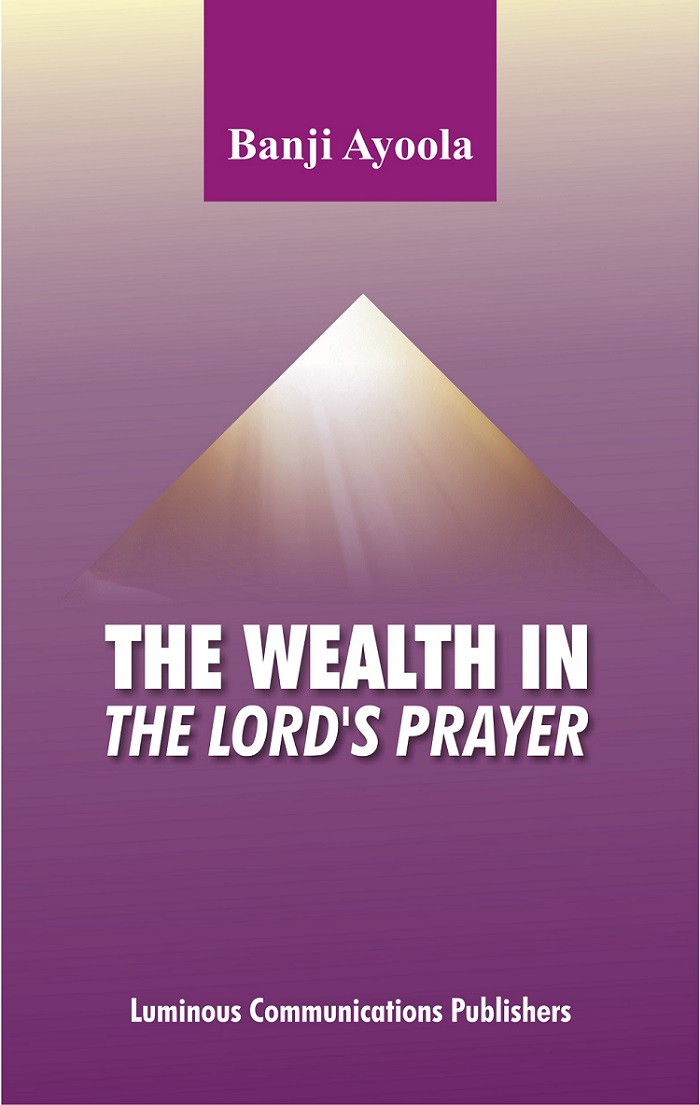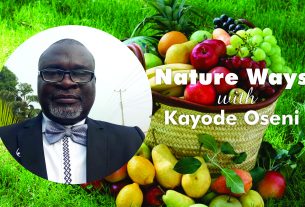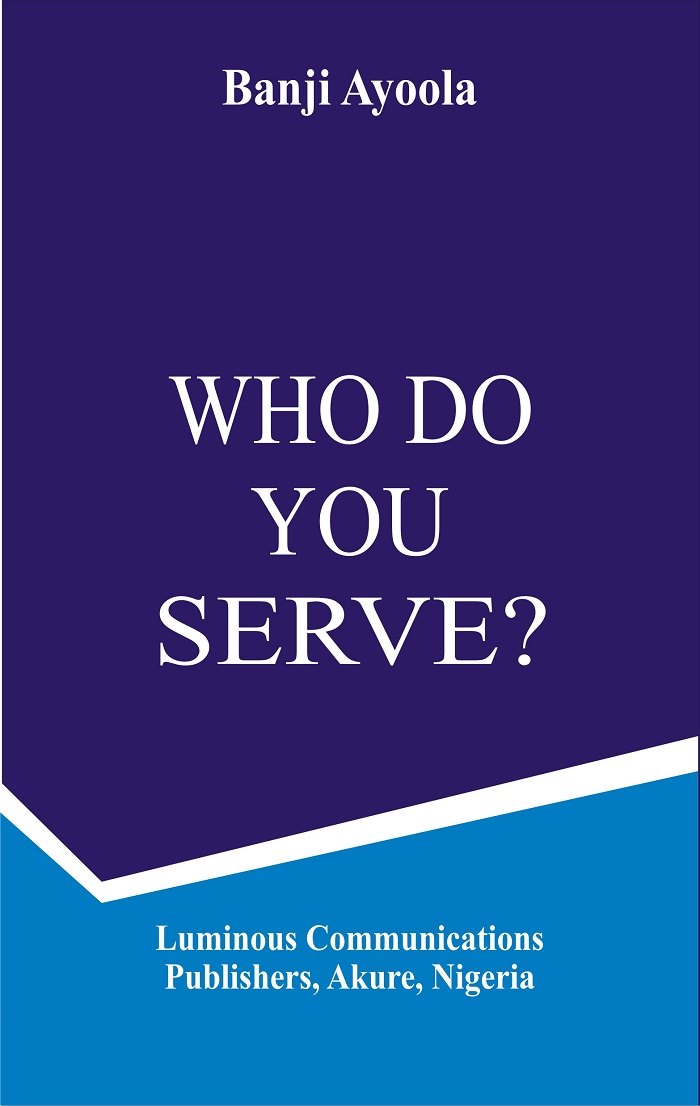By Kayode Oseni
My article titled “What Makes a Physician of Natural Medicine Unique” has sparked a wide range of responses from readers across the spectrum. While some individuals accused me of promoting occult teachings, others reached out to share their deeply personal stories regarding physical ailments that conventional medicine has failed to diagnose, let alone cure. In many cases, these doctors simply referred them to psychiatrists, implying that their conditions were imaginary or purely psychological. One brave individual on this platform even correlated his decades-long battle with ulcers to a psychic attack; his conviction in his experience deserves commendation, and I honor his courage in sharing it.
The reality is that many people have been conditioned to accept the teachings of conventional medicine without question, overlooking the fact that conventional medical paradigms largely disregard the existence of the soul. Conventional medicine primarily focuses on diagnosing and treating symptoms manifesting in the physical body. A conventional doctor might only acknowledge the existence of a soul through their religious beliefs, as the standard six-year medical school curriculum omits discussions about the soul altogether. A conventional physician will declare a patient dead only when three specific signs are absent: breathing, heartbeat, and any response to stimuli, particularly the reaction of pupils to light.
This raises fundamental questions we must ask ourselves: Are humans merely physical bodies? Do we possess a soul or put differently, are we spirit only clothed in garments of the soul and the physical body?
Additionally, we must ponder whether psychic or spiritual attacks are real. If they do exist, what precisely is being targeted during such attacks?
When I assert that a physician of natural medicine treats both the physical body and the soul, I mean that we are trained to understand the anatomy and physiology of the soul as well as its organs. Our extensive studies in Traditional Chinese Medicine provide us with knowledge about subtle energy channels (meridians) , which differ significantly from the physical blood vessels and nerves we commonly acknowledge in Western medicine. Similarly, our studies in Ayurvedic Medicine reveal the concept of chakras. While these energy centers have a connection to physical endocrine glands, they are distinct entities in their own right. For example, while conventional medicine recognizes the importance of the thyroid gland, it often fails to connect it to the throat chakra. A psychic attack targeting the throat chakra could indeed impact the thyroid gland, often yielding inconclusive results in conventional laboratory tests, either because the doctor did not order the appropriate assessments or because the results do not capture the energetic blockages affecting the chakra.
Consider the fact that diagnosing thyroid conditions can require multiple tests. For the thyroid alone, there are numerous tests available, including blood tests and imaging techniques:
Blood Tests:
1. *TSH (Thyroid-Stimulating Hormone)*: This is often the initial test conducted; elevated TSH levels suggest hypothyroidism, while reduced TSH indicates hyperthyroidism.
2. *T4 (Thyroxine) and Free T4*: These tests measure thyroid hormone levels; high T4 levels point to hyperthyroidism, whereas low levels suggest hypothyroidism.
3. *T3 (Triiodothyronine)*: Typically assessed when hyperthyroidism is suspected; high T3 levels can confirm hyperthyroidism, particularly in cases of Graves’ disease.
4. *Thyroid Antibody Tests*: These tests identify autoimmune thyroid diseases, such as Hashimoto’s or Graves’ disease, by measuring antibodies that attack the thyroid.
5. *Reverse T3 and Free T3*: Although these are less commonly utilized, free T3 is not always a reliable measure of thyroid function.
Imaging Tests:
6. *Thyroid Ultrasound*: This imaging technique assesses the size of the thyroid, detects nodules, and identifies structural abnormalities.
7. *Radioactive Iodine Uptake Test*: This test measures how much iodine the thyroid absorbs, aiding in the diagnosis of hyperthyroidism.
8. *Thyroid Scan*: Using a small amount of radioactive material, this scan visualizes the shape and functioning of the thyroid.
9. *CT Scans*: While used infrequently, CT scans can provide detailed imaging in complex cases.
These tests are crucial for diagnosing conditions such as hypothyroidism, hyperthyroidism, Graves’ disease, Hashimoto’s disease, thyroid nodules, and even thyroid cancer, which can all be linked to imbalances or blockages on the throat chakra. And this has been proven to sometimes be as a result of psychic attacks.
It’s worth noting that in the next 50 years, we can expect even more advanced testing to emerge, just as many of the tests currently in use were unknown 50 years ago. As medical science progresses, it will undeniably come to recognize that there is more to the human experience than just the physical body. Though many practitioners possess a limited perspective, there are some who are beginning to embrace a more expansive view of health.
For instance, consider the complexities surrounding human blood. Take the historical case of Rh incompatibility: when women in Europe were repeatedly giving birth to stillborn infants, society attributed it to witchcraft. Among the Yoruba people in Africa, this phenomenon was called “abiku.” At that time, medical science could not explain these tragic outcomes. However, as knowledge advanced, the medical community came to understand that Rh incompatibility occurs when an Rh-negative mother’s immune system attacks the Rh-positive fetal red blood cells, resulting in hemolytic disease in the newborn. This insight, first clinically recognized in 1939, was developed between 1940, when the Rh blood group system was identified by Landsteiner and Wiener.
The discovery of Rh incompatibility allowed for the introduction of treatments, such as anti-Rh(D) immune globulin, which prevents maternal sensitization and has significantly lowered the incidence of Rh disease since the 1960s.
We must acknowledge that, around the year 1900, medical science possessed only conjectures that they presented as facts.
Another compelling example is the human aura. Until the 1800s, mainstream medicine denied the existence of any aura surrounding the human body. However, the first known image of the human aura was captured by Hippolyte Baraduc in 1893. Subsequently, advancements in aura photography, particularly through Kirlian photography developed by Semyon and Valentina Kirlian in 1939, have provided further evidence of this phenomenon.
Let’s also highlight areas where science has yet to provide satisfactory explanations: for instance, the phenomenon of phantom limbs, in which individuals who have undergone amputations continue to perceive sensations or pain in the absent limb as if it still exists. Instead of simply acknowledging this mystery, science offers convoluted explanations, such as stating that “phantom limb effect is a neurological and sensory phenomenon where the brain perceives sensations, including pain, from a limb that no longer exists due to complex brain and nerve interactions following amputation.” But what does this really clarify? The answer remains elusive.
Ancient traditional medical systems, which acknowledge the existence of the soul and its organs, explained concepts such as the astral and etheric bodies, which mirror the physical body and are intimately connected but not fused. If a physical body part is amputated, the corresponding parts in the astral and etheric bodies continue to exist, with subtle energy channels still flowing to them. This explains the persistent sensations experienced by those with phantom limbs, a realm where conventional medicine still lacks understanding.
Consequently, individuals who cling exclusively to the teachings of conventional medicine may have difficulty accepting the reality of psychic or spiritual attacks and the deeper complexities of human health.
The fact remains that whether some people believe in the existence of oxygen or not, it exists, and it is vital for our existence.
- Prof Kayode Oseni, a professor of Natural Medicine and Consultant, CEO & Founder of Alayo Health and Wellness Centre, Abeokuta, Ogun State, can be reached through 08034170747






